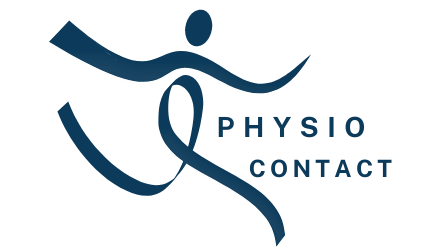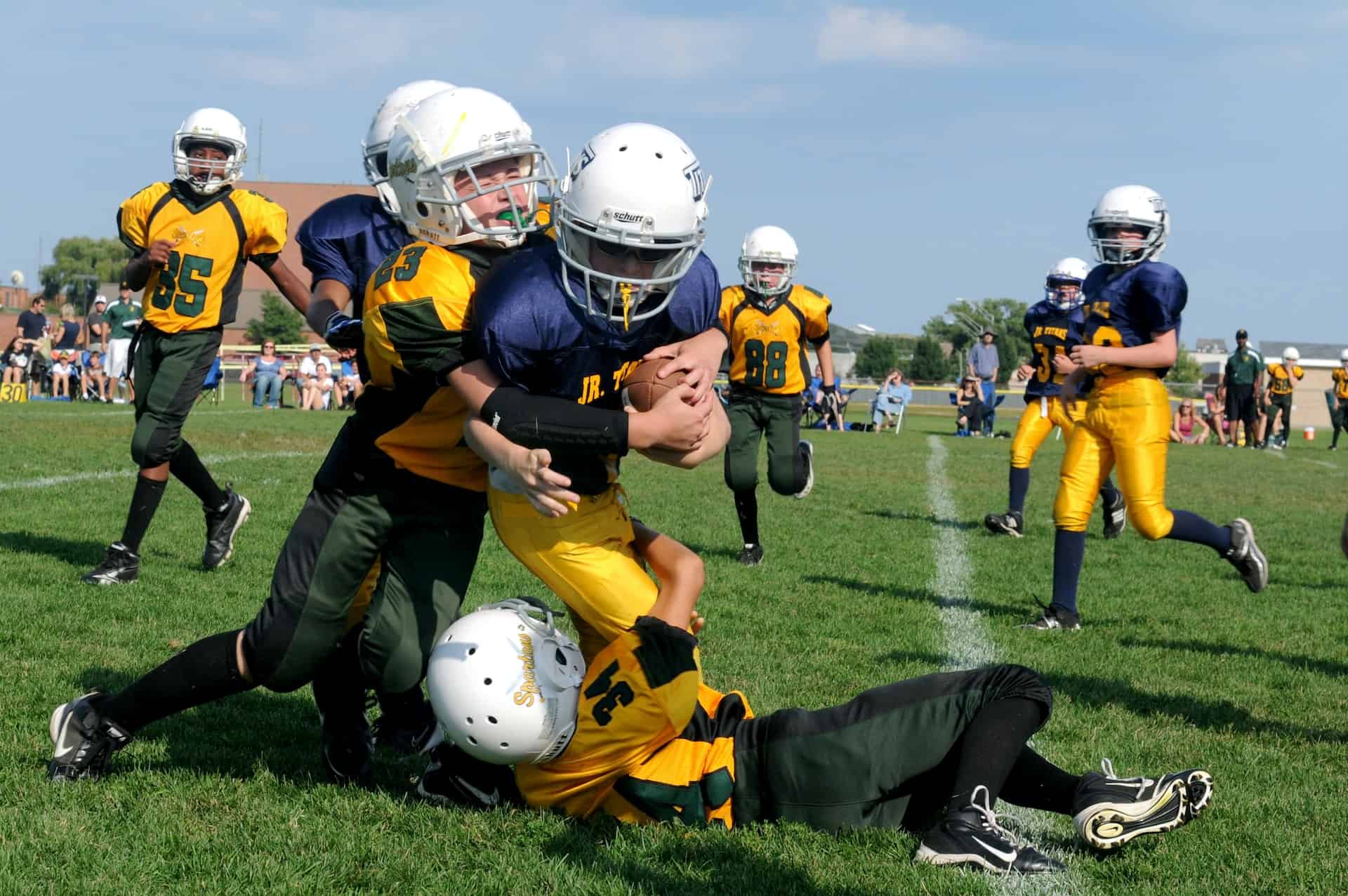Sports is one of the most popular activities around the world. It provides people with an excellent opportunity to stay fit, healthy and enjoy themselves at the same time. However, sports injuries are quite common among athletes that can hinder their performance or even force them out of action altogether.
In this article, we will be discussing five commonly occurring sports injuries and how you can prevent them.
Whether you’re a professional athlete or just someone who enjoys playing sports for recreation, it’s essential to take precautionary measures to avoid getting injured while playing your favorite sport.
So without further ado, let’s dive in!
Sprains And Strains
Sprains and strains are among the most common sports injuries.
They can occur in any sport, from running to basketball.
Fortunately, there are ways to prevent these injuries.
One of the best methods is to warm up properly before exercising or playing a game.
This helps to increase blood flow to your muscles and prepare them for activity.
It’s also important to use proper technique when performing exercises or playing sports.
This means using the correct form and posture so that you’re not putting undue stress on your joints and muscles.
By taking these steps, you can significantly reduce your risk of sprains and strains while staying active and enjoying your favorite sports!
Concussions
Concussions are a serious injury that occurs when the brain is shaken violently inside the skull.
Symptoms can range from mild headaches and dizziness to nausea, vomiting, and loss of consciousness.
It’s important to seek medical attention immediately if you suspect a concussion has occurred.
Treatment for concussions typically involves rest and avoiding physical activity until symptoms subside.
Recovery time can vary depending on the severity of the injury but may take weeks or even months.
Long term effects of concussions can include memory problems, difficulty concentrating, and mood changes such as depression or anxiety.
It’s crucial to monitor any lingering symptoms after a concussion and follow up with a healthcare provider if necessary.
Preventing concussions involves taking proper safety precautions during sports activities such as wearing helmets in contact sports like football or hockey.
Overall, it’s important not to underestimate the seriousness of concussions and to prioritize safety during any physical activity.
With proper treatment and care, individuals who have experienced a concussion can recover fully without long-term consequences.
Tennis Elbow
Tennis elbow is a common injury that affects people who play racquet sports or engage in activities that involve repetitive arm movements. The condition, also known as lateral epicondylitis, occurs when the tendons that attach to the outer part of the elbow become inflamed.
Causes of tennis elbow include overuse of the forearm muscles and poor technique while playing sports. Symptoms may include pain on the outside of the elbow, weakness in the grip, and difficulty lifting objects.
Fortunately, there are treatment options available for those suffering from tennis elbow. Resting and avoiding activities that aggravate symptoms can help alleviate pain and swelling. Physical therapy exercises can also help strengthen the forearm muscles and improve flexibility.
In some cases, anti-inflammatory medications or corticosteroid injections may be necessary to reduce inflammation and relieve pain.
Preventing tennis elbow involves proper equipment use, such as using correct-sized racquets with appropriate string tension and wearing wrist braces during activity. Warm-up exercises before playing can also help prevent injury by preparing muscles for physical activity.
Proper technique while playing sports is essential to preventing tennis elbow; players should avoid overusing their forearms and focus on engaging larger muscle groups instead.
Overall, taking precautions to prevent injuries like tennis elbow is crucial for maintaining an active lifestyle without interruptions due to pain or discomfort.
By understanding common causes and utilizing proper techniques and treatments, individuals can continue enjoying their favorite sports without fear of harm or limitations on their freedom to move freely.
Runner’s Knee
Imagine yourself out for a run, feeling the fresh air on your face and the pavement beneath your feet. Suddenly, you start to feel a dull ache in your knee that progressively gets worse with every step. You may be experiencing runner’s knee, which is one of the most common injuries among runners.
Causes of this injury can range from overuse or improper form while running to weak thigh muscles or previous injuries. To prevent this injury, focus on strengthening your quadriceps and hamstrings through exercises like lunges, squats, and leg curls.
Additionally, make sure to incorporate proper stretching techniques before and after runs to avoid putting excessive strain on your knees.
If you do develop runner’s knee, treatment options include rest and ice therapy to reduce swelling and inflammation along with physical therapy exercises to strengthen surrounding muscles.
Remember, taking care of your body is crucial so that you can continue enjoying the freedom of hitting the open road for many years to come.
Shin Splints
Now that we’ve covered how to prevent Runner’s Knee, let’s move onto another common injury: Shin Splints.
These are caused by overuse and can be incredibly painful for runners or anyone who does high-impact activities regularly.
The good news is that there are several ways to prevent shin splints from occurring in the first place.
First, make sure you have proper footwear with ample support and cushioning.
Second, gradually increase your mileage or intensity instead of jumping into a new routine too quickly.
Third, incorporate strength training exercises specifically targeting the muscles in your lower legs.
If you do experience shin splints, it’s important to take time off from high-impact activities to allow for recovery.
During this time, focus on low-impact exercises such as swimming or cycling and perform specific recovery exercises like calf raises and toe taps.
Remember to listen to your body and not push through pain as this will only prolong your recovery time.
By following these tips, you can avoid experiencing the discomfort of shin splints altogether or recover more efficiently if they do occur without sacrificing your active lifestyle.
To summarize.
Sports injuries are a common occurrence among athletes. However, there are measures that can be taken to prevent them from happening in the first place or minimize their impact when they do occur.
By understanding the causes of sprains and strains, concussions, tennis elbow, runner’s knee, and shin splints, athletes can take steps to avoid these injuries.
It is essential for athletes to engage in proper warm-up routines before engaging in any physical activity and wearing appropriate protective gear at all times.
Additionally, seeking medical attention immediately after an injury occurs will aid in preventing further damage.
With these preventative measures in mind, athletes can continue playing their favorite sports while minimizing the risk of injury.











